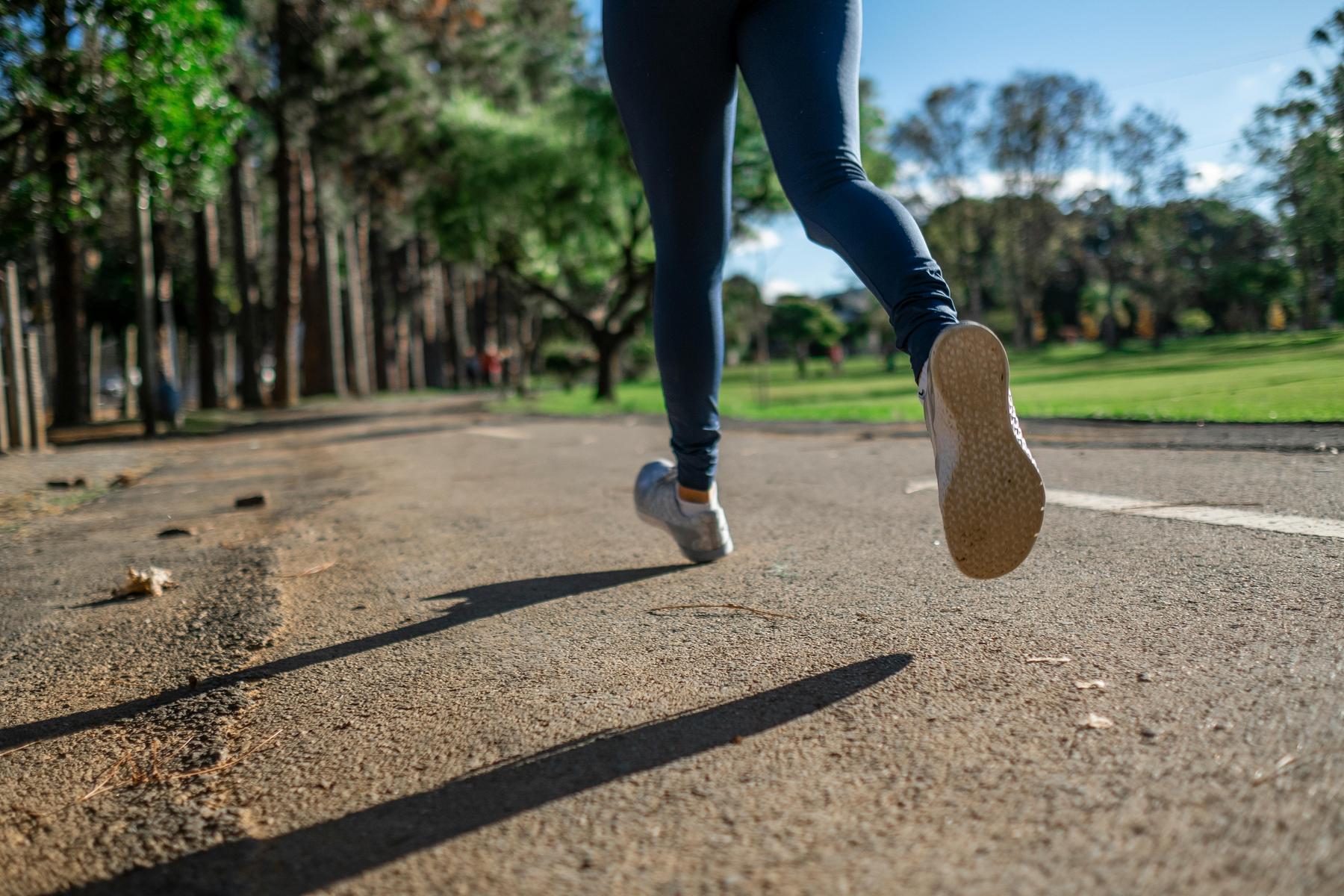Returning to running after an extended hiatus can feel like navigating uncharted territory. Your body has deconditioned, your cardiovascular fitness has declined, and your musculoskeletal system needs gradual recalibration. Whether you’ve paused due to injury, lifestyle changes, or health concerns, resuming running requires methodical planning rather than enthusiastic impulsivity. This article provides a comprehensive, evidence-based framework for safely reintroducing running into your routine, minimising injury risk while optimising performance gains.
Recent research indicates that improper training progression accounts for 60-70% of running-related injuries, highlighting the critical importance of a structured approach. By implementing the strategies outlined below, you can reduce injury risk by up to 62% compared to self-guided approaches while systematically rebuilding your running capacity.
Why Should You Consider Medical Clearance Before Running Again?
For many returning runners, particularly those with pre-existing health conditions or extended periods of inactivity, medical clearance represents a crucial first step. Contemporary research demonstrates that 14.8% of recreational runners seek medical clearance before endurance events, reflecting growing awareness of cardiovascular risks associated with vigorous exercise after prolonged inactivity.
Current guidelines from sports medicine authorities recommend cardiovascular screening for:
- Individuals aged over 40 returning to vigorous exercise
- Those with a BMI ≥27
- People with known cardiovascular risk factors
- Anyone experiencing symptoms during low-intensity exercise
This precautionary approach is supported by compelling evidence. The Two Oceans marathon study found that 53% of runners seeking clearance underwent advanced cardiac testing, underscoring the thoroughness of contemporary screening protocols. For high-risk individuals (those with a 10-year cardiovascular risk >10%), supervised exercise testing should precede any running program.
Fortunately, telehealth services now enable remote pre-participation evaluations compliant with Australian Health Practitioner Regulation Agency (AHPRA) guidelines, making this crucial step more accessible than ever.
How Should You Assess Your Current Fitness Level?
Establishing an accurate baseline is essential for safe progression. Regardless of your previous running accomplishments, your current capacity—not past achievements—should dictate your starting point.
Recommended Assessment Protocols
- Submaximal Exercise Test: Consider a modified Bruce Protocol to estimate your current cardiovascular capacity
- Strength Evaluation: Perform single-leg squats to identify asymmetries or weaknesses
- Movement Assessment: Have your gait analysed to detect biomechanical inefficiencies
For individuals with a BMI ≥30, the research suggests initially focusing on non-weight-bearing activities, progressing to walk-jog intervals only after achieving a 5% body weight reduction to minimise joint stress.
Setting Realistic Goals
The SMART goal framework (Specific, Measurable, Achievable, Relevant, Time-bound) provides an excellent structure for returning runners. When developing your objectives, consider:
- Your baseline fitness metrics
- Available training time
- Previous running experience
- Current health status
Importantly, research supports implementing the RunVerity 10% Rule, which stipulates that weekly mileage increases should not exceed 10%. This conservative progression significantly reduces injury risk while allowing adequate physiological adaptation.
What is the Safest Way to Structure Your Return to Running?
A phase-based approach with gradual progression represents the gold standard for safely resuming running. Based on current sports science research, the following three-phase model optimises adaptation while minimising injury risk.
Phase 1: Adaptation (Weeks 1-4)
During this initial phase, the focus remains on rebuilding foundational fitness and preparing your musculoskeletal system for increased loading. The walk-run interval method represents the cornerstone of this phase, with specific work-to-rest ratios based on your current fitness level:
| Fitness Level | Work:Rest Ratio | Example |
|---|---|---|
| Sedentary (>6 months inactive) | 1:2 | 1 min run, 2 min walk |
| Recently Active | 1:1 | 1 min run, 1 min walk |
| Former Athlete | 2:1 | 2 min run, 1 min walk |
Key guidelines for this phase include:
- Limit running sessions to 2-3 per week
- Maintain conversation pace throughout running intervals
- Ensure 48-hour recovery between sessions
- Focus on proper hydration (research shows 15mL/kg/hr optimises performance)
Phase 2: Consolidation (Weeks 5-8)
As your body adapts to the initial training stimulus, you can progressively introduce more challenging elements:
- Gradually extend continuous running duration
- Introduce gentle Fartlek training with 30-60 second surge efforts
- Incorporate 1-2% grade hill intervals
- Implement complementary resistance training:
- Goblet squats: 3 sets of 12-15 repetitions, twice weekly
- Single-leg deadlifts: 3 sets of 8-10 repetitions per side, twice weekly
- Calf raises: 3 sets of 15-20 repetitions, three times weekly
Phase 3: Performance Development (Weeks 9-12)
By this stage, your body has regained significant adaptation capacity, allowing for more structured training:
- Introduce tempo runs at lactate threshold pace
- Integrate longer continuous runs
- Implement structured interval sessions
- Maintain the 10% rule for weekly volume increases
Remember that consistency trumps intensity, particularly when rebuilding your running base. Research demonstrates that runners who prioritise regular, moderate-intensity sessions experience fewer injuries than those attempting high-intensity work too early.
How Can You Prevent Injuries When Starting Running Again?
Injury prevention represents a critical component of a successful return to running. The Engebretsen Injury Prevention Model provides a comprehensive framework for minimising risk:
Load Management Strategies
- Limit axial loading to less than 8 times body weight per session
- Maintain a cadence above 170 steps per minute to reduce impact forces
- Never increase weekly running volume by more than 10%
- Allow 48 hours between running sessions in the early phases
Footwear Considerations
Your shoe selection significantly impacts injury risk. Current research recommends selecting footwear based on your foot type:
| Foot Type | Recommended Shoe Features | Replacement Mileage |
|---|---|---|
| Flat feet (Pes Planus) | Motion Control | 720-800 km |
| Neutral | Stability | 560-640 km |
| High arch (Pes Cavus) | Cushioned | 480-560 km |
Strength and Mobility Work
Complementary training significantly reduces injury risk for returning runners:
- Implement progressive eccentric strengthening exercises
- Perform daily foam rolling for fascial mobility
- Include hip and gluteal activation exercises before each run
What Recovery Strategies Should You Implement?
Effective recovery accelerates adaptation and minimises injury risk. Research supports several key strategies:
Nutritional Considerations
Post-run nutrition should follow the 1-1.2g/kg carbohydrate + 0.4g/kg protein formula within 30 minutes of completing your session. Practical examples include:
- Greek yoghurt with berries and oats
- Salmon with sweet potato
- Lean protein shake with banana and honey
Sleep Optimisation
Quality sleep represents the cornerstone of effective recovery. Implement these evidence-based protocols:
- Aim for 7-9 hours of sleep nightly
- Establish a 30-minute pre-bed relaxation routine
- Ensure morning light exposure within 30 minutes of waking
How Can You Adapt to Environmental Challenges in Australia?
Australia’s climate presents unique challenges for runners, particularly during summer months.
Heat Acclimatisation
Research supports a gradual exposure protocol over 10-14 days:
- Begin with 60-minute sessions in temperatures around 32°C WBGT
- Limit dehydration to no more than 2% of body weight
- Monitor environmental conditions using wet bulb globe temperature
- Adjust pace expectations downward by 7-10% in hot conditions
UV Protection
Australian runners face significant UV exposure. Implement these protective measures:
- Apply SPF 50+ broad-spectrum sunscreen 20 minutes before running
- Wear UPF 50+ clothing when possible
- Use 400nm UV-blocking sunglasses to protect your eyes
- Schedule runs during lower UV index periods (early morning or evening)
The Path Forward: Integrating Technology and Support
Modern technology provides powerful tools for returning runners. Wearable devices can track key metrics including:
- Heart rate zones
- Pace per kilometre
- Ground contact time and asymmetry
- Recovery status
Additionally, telehealth services now enable remote coaching and physiotherapy support, providing expert guidance without geographical limitations. These platforms allow for:
- Real-time gait analysis via smartphone video
- Remote physiotherapy assessments
- Digital training log monitoring
- Expert feedback on training progression
By combining systematic training progression with appropriate medical oversight and technological support, you can safely rebuild your running capacity while minimising injury risk. Remember that patience yields consistency, and consistency ultimately delivers performance.
Skip the struggles. Our patients achieve <20.2% weight reduction with medical weight loss treatments delivered straight to their door. No clinics. No waiting. Just results. See if you’re eligible for our medical weight loss treatments – take our quiz.
How long does it take to regain running fitness after a break?
The timeline for regaining running fitness varies significantly based on your previous fitness level, length of inactivity, and training consistency. Research indicates that most runners can rebuild basic endurance within 8-12 weeks following a structured return program. However, achieving pre-break performance levels typically requires 4-6 months of consistent training, particularly if the hiatus exceeded 6 months.
Should I run through muscle soreness when returning to running?
Mild muscle soreness (delayed onset muscle soreness or DOMS) represents a normal physiological response when resuming running. However, distinguishing between acceptable soreness and potential injury signals is crucial. As a general guideline, symmetrical soreness that dissipates during warm-up is typically benign, while pain that worsens during activity or presents asymmetrically warrants caution and potentially medical evaluation.
How often should I run when first starting back?
Evidence supports beginning with 2-3 running sessions weekly during the initial 4-6 weeks. This frequency provides sufficient stimulus for cardiovascular and musculoskeletal adaptation while allowing adequate recovery between sessions. Attempting daily running too early significantly increases injury risk.
What cross-training activities best complement a return to running?
Low-impact, complementary activities provide cardiovascular benefits while minimising additional musculoskeletal stress. Swimming, cycling, elliptical training, and rowing offer excellent cross-training options for returning runners. Maintaining 1-2 cross-training sessions weekly during the return phase can help sustain cardiovascular fitness and reduce cumulative impact stress.
When should I replace my running shoes after restarting?
Footwear degradation occurs through both usage and time-dependent material breakdown. Even if shoes appear visually intact, their cushioning and stability can be compromised, especially if stored unused for long periods. Research suggests replacing running shoes every 560-800 kilometres based on your running style and foot type, or roughly every 18 months, whichever comes first.



